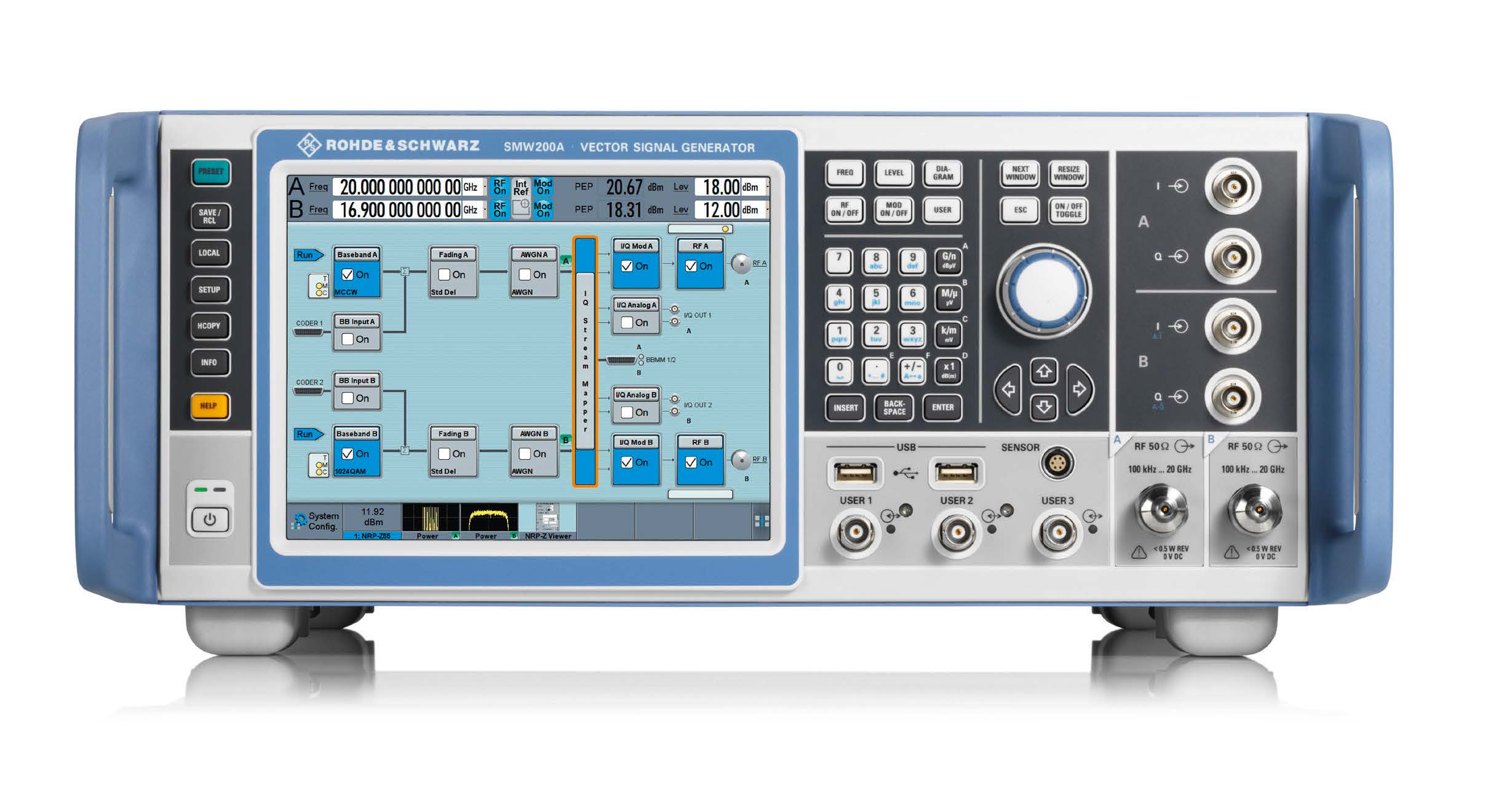

We will try to replicate a sample set of grades of 40 students in a class with mean 70 and standard deviation of 10. The default values for mean and standard deviations are 0 and 1. a and b are the mean and standard deviation of the distribution respectively.

Here, n refers to how many random numbers to generate. In R, to generate random numbers from a uniform distribution, you will need to use the rnorm() function. Their goal is to have normally distributed grades around some mean value. You often heard your professor talking about the adjustments, and this is exactly what they are referring to.
68% of observations are within 1 standard deviation from the meanĪn example that most of you will be familiar with is grades on final exams in university courses. We have an article that explains normal distribution in detail, so here we will summarize a few of key features: Part 2: Generate random numbers from normal distribution in R You can think of it in a way that the function rolled the dice for you 10 times and these are the numbers it got on each of the 10 rolls. We can round these numbers to 0 decimal points to get the result we needed: What we see in the result is that the numbers generated aren't integers since we were pulling numbers from a continuous distribution. From above we know that min value on the dice and max value on the dice is 6. Now, we will try to replicate the rolling of the dice 10 times. The default values for min and max are 0 and 1. a and b are the lower and upper limits of the distribution respectively. In R, to generate random numbers from a uniform distribution, you will need to use the runif() function. Each of these numbers has an equal probability of occurring, since the dice has 1 number per side. In simple words, a uniform distribution is a type of a probability distribution in which all of the numbers have an equal probability to be the outcome.įor example, you want to roll the dice, and you know that you can only get one of the following outcomes: 1, 2, 3, 4, 5, 6. Let’s first discuss what a uniform distribution is and why often it is the most popular case for generating random numbers from. Part 1: Generate random numbers from uniform distribution in R Generate random numbers from binomial distribution. Generate random numbers from normal distribution. Generate random numbers from uniform distribution. #VECTOR CODE TO GENERATE NUMBERS IN R HOW TO#
In this article we will discuss generating random numbers from the following three distributions:īelow are the steps we are going to take to make sure we do learn how to do random numbers generation in R from different distributions:

R programming language allows users to generate random distributed numbers with a set of built-in functions: runif(), rnorm(). Generally, when a data scientist is in need of a set of random numbers, they will have in mind Random numbers generations have application in various fields like statistical sampling, simulation, test designs, and so on. Why is random numbers generation important and where is it used? In this article we will learn how to generate random numbers in R from various distributions (uniform and normal).







 0 kommentar(er)
0 kommentar(er)
